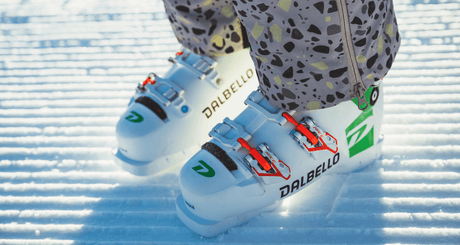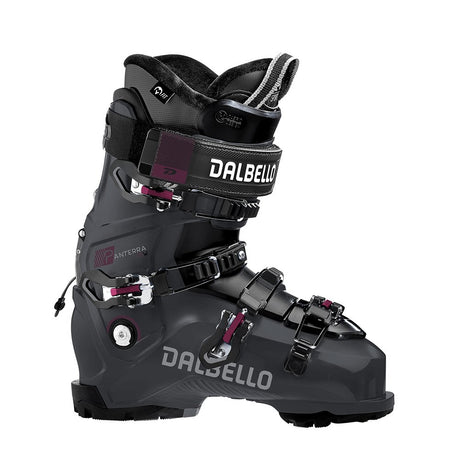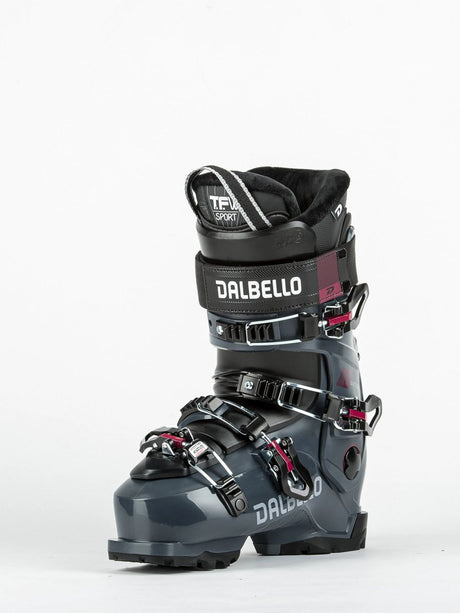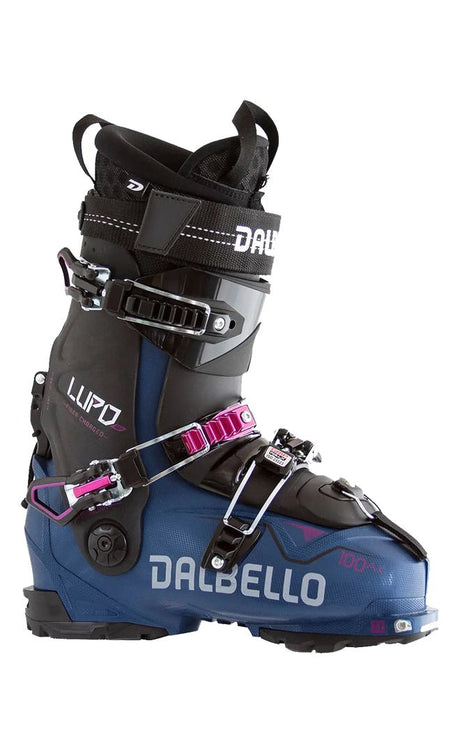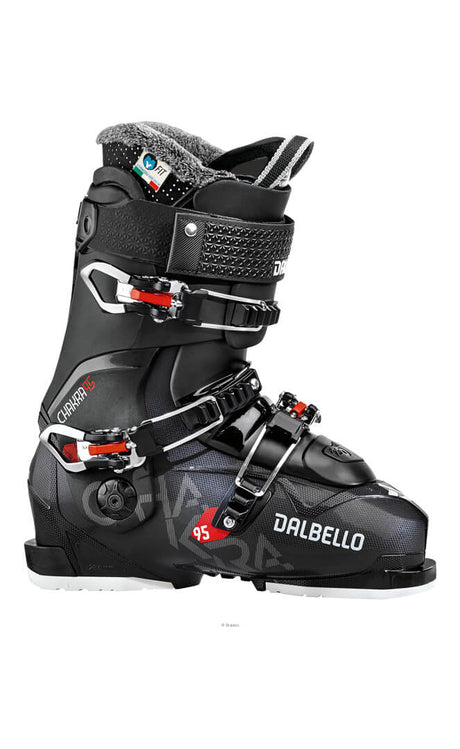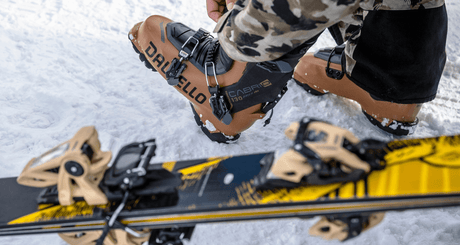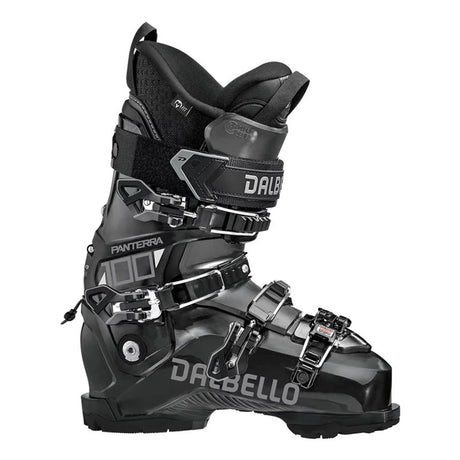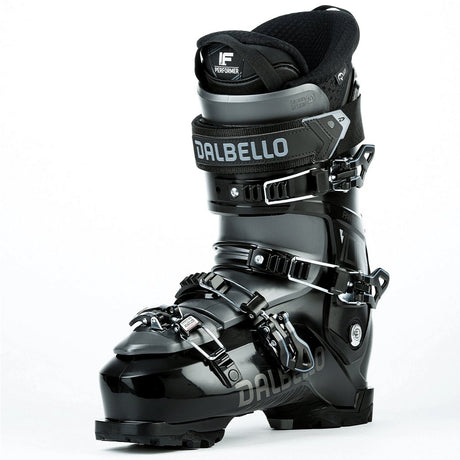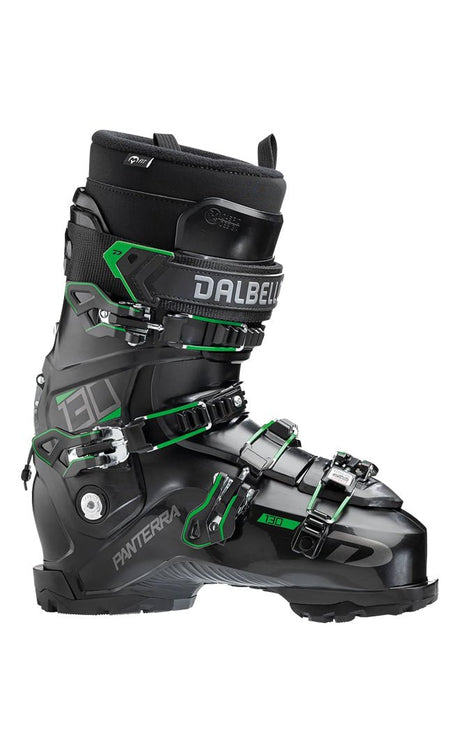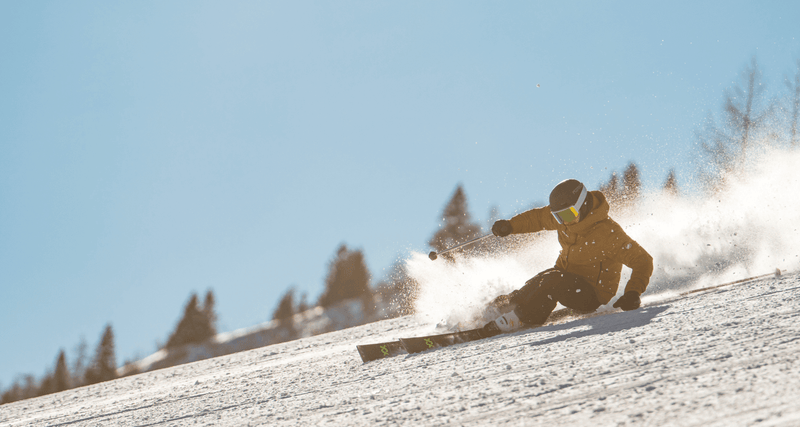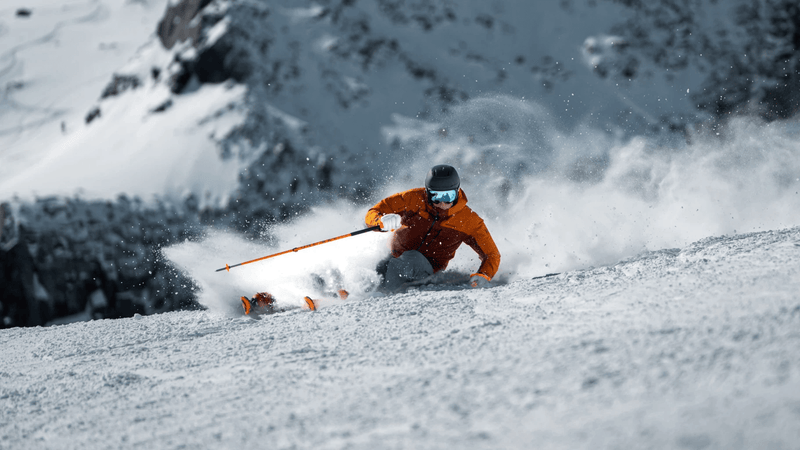 Choosing the ideal pair of ski boots is a crucial step for any skier, whether beginner or experienced. Indeed, ski boots play a fundamental role in comfort, performance, and safety on the slopes. However, the wide range of models and features can make this decision intimidating. In this in-depth exploration, we will examine the key aspects to consider when selecting ski boots, guiding you towards the choice that best matches your skiing level, personal preferences, and body shape. Whether you are a mountain enthusiast or an occasional skier, this approach will allow you to maximize your enjoyment on the slopes by ensuring that your ski boots are your asset and not an obstacle.
Choosing the ideal pair of ski boots is a crucial step for any skier, whether beginner or experienced. Indeed, ski boots play a fundamental role in comfort, performance, and safety on the slopes. However, the wide range of models and features can make this decision intimidating. In this in-depth exploration, we will examine the key aspects to consider when selecting ski boots, guiding you towards the choice that best matches your skiing level, personal preferences, and body shape. Whether you are a mountain enthusiast or an occasional skier, this approach will allow you to maximize your enjoyment on the slopes by ensuring that your ski boots are your asset and not an obstacle.
How is a ski boot constructed?

The slipper :
Ski boot liners play an essential role in protecting against moisture and cold. They maintain warmth while offering exceptional comfort. Made from several EVA foams, these liners optimally adjust to the shape of your foot, effectively turning your ski boot into real slippers, you're not dreaming!
If you are impatient, you have the option to "thermally mold" your liners. Today, many ski boots are designed to be thermoformed. How does it work? You just need to heat your liners in a specialized store and put them on. In no time, they will perfectly fit the shape of your feet.

The hull :
Because each person has a unique foot, with a more or less high instep and very different widths (sometimes both at the same time). It is important to check the width of the shells offered by the different brands present on this market. Ending up with a boot that is too narrow or too large can cause discomfort, or even lead to irreversible injuries during alpine skiing or any other discipline (hiking, freeride, freestyle, all mountain…).
We consider about 3 categories of hull widths for three types of feet :
- Less than 100mm: Rather narrow foot
- From 100 to 102mm: Rather average foot
- More than 102mm: Rather wide foot. Be careful as these "categories" are purely indicative of the overall aspect of an instep in width. Several parameters such as the shape of your foot, the instep, sensitivity, and a history of injuries (foot surgery) can be taken into account when choosing a ski boot.
The hooks :
The buckles are used to adjust the tightness of your ski boot shell, and their number affects the precision of this adjustment. Depending on the model and intended use, some ski boots are equipped with three or two buckles. As a general rule, a ski boot has four buckles for a more complete fit.
The strap (or power-strap) :
It is (unfortunately) too often neglected by ski boot consumers! Whether you choose a performance alpine ski boot, leisure, touring, freestyle, or freeride, it is nevertheless a crucial element to ensure a perfect closure of your boots. The strap's role is to secure the shell of your ski boots and optimize an effective and powerful tightening adjustment of your ski boot. It is basically "the 5th buckle" (or 4th for boots with 3 buckles). It will thus increase the power and lift on your pair of skis. No matter what type of "rider" you are, it is an additional performance element.
The tongue of the slipper :
Component directly sewn/glued to your ski boot liner, it provides a "tibial" support and generates all the desired power by adapting to your skiing style. The tongues also serve as comfort elements to prevent tibia chafing (just like a good pair of socks!).
The shell tabs :
Some brands offer a front tongue on the shell. These 3-hook boots can be found among brands like Dalbello, Full Tilt, or Roxa. These are removable tongues that allow adjusting the boot's flex index.
The Flex of the shoe :
It is associated both with the skier's skill level and their build, often both at the same time. Choosing the right flex ensures even greater comfort during use and optimizes the boot's performance according to your preferences. Beyond the ski boot profiles, which vary depending on the terrain, there is also a "classification" based on your skill level. A beginner, intermediate, or advanced skier will have different needs and expectations. Thus, a classification by "skill level" can be established to segment the different ranges. The best solution is to analyze ski boots by their FLEX, which are more or less rigid to suit all types of skiers. The degree of stiffness of the boot depends on the practitioner's mastery (also consider your physical condition and the frequency of your skiing activity).
We recommend that you choose your ski boots according to the classification below:

How to choose the size of your ski boots?
It is crucial that your ski boot fits your foot size perfectly. Choosing a ski boot that is too large can cause unpleasant rubbing, or, in the worst case, potential injuries.
Ski boot sizing is done using the mondopoint system, which is expressed in centimeters. This universally recognized system offers unparalleled precision. It is important not to rely on traditional shoe size measurements used for city shoes.
So, how to determine your foot size in mondopoint?
To do this, find a solid wall to lean against. Place a sheet of white paper under your foot, then draw a line along its edges. Next, measure the length of this line in centimeters.
Congratulations, you now have the measurement of your foot size in mondopoint, essential information to ensure optimal comfort during your skiing outings.
How to properly try on your ski boots?
Perform the test with a quality ski sock. A wise tip: favor thin, breathable technical socks, thus avoiding thick socks that can hinder your feet's breathability. The result with inadequate socks? You risk being cold even with high-quality ski boots, and unpleasant odors may well appear.
To ensure a perfect fit for your ski boots, tighten them as if you were already on the slopes. While standing, make sure your toes just lightly touch the end of the boot. Then, slightly bend your legs while keeping your feet in place. Your heel must not lift at all. Hold this position for a moment. If you feel no pain, it means the ski boot is the right size. Of course, it should be tight, but keep in mind that the inner liner will gradually mold to the shape of your foot.
Once on the slopes, gradually tighten your ski boots. Remember that your feet are not used to being compressed, so avoid pressure points from the morning for a more comfortable skiing experience.
How to preserve the lifespan of my ski boots?
There are some basic rules for "caring for" your ski boots and thus their longevity.
- Close all brackets after use
- Dry shoes at room temperature (never store your shoes in places that are too cold)
- Use good ski socks (it's better to change your socks each season than your ski boots...)
- Using products to maintain fabrics
Are there category differences between ski boots?
With the emergence of disciplines such as freeride skiing, slalom, freestyle, and backcountry, the ski boot market has seen the arrival of new brands and innovative models. Even brands once specialized only in skis have expanded their offerings to include ski boots. This diversification has led to a variety of ski boots suited to different styles of practice.
- Performance piste ski boots (for competition, slalom, super-G, etc.).
- Recreational alpine ski boots (for occasional recreational use, also suitable for skiers with wide feet, versatile on all types of snow).
- Freeride-Freerando ski boots (versatile, compatible with ski touring, ideal for powder descents after an ascent with climbing skins and crampons).
- Freestyle-Park ski boots (often softer, offering better agility for freestyle-park skiers).
Besides the ski boot profile adapted to the terrain, there is also a classification based on the skier's skill level. The needs and expectations of a beginner, intermediate, or advanced skier vary considerably. Thus, a classification by "skill level" can be established to better segment the ranges of boots available on the market.


